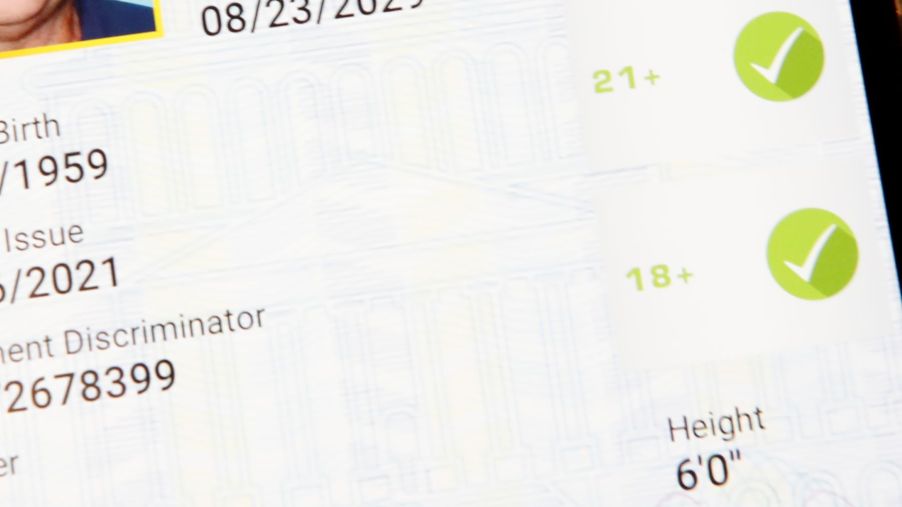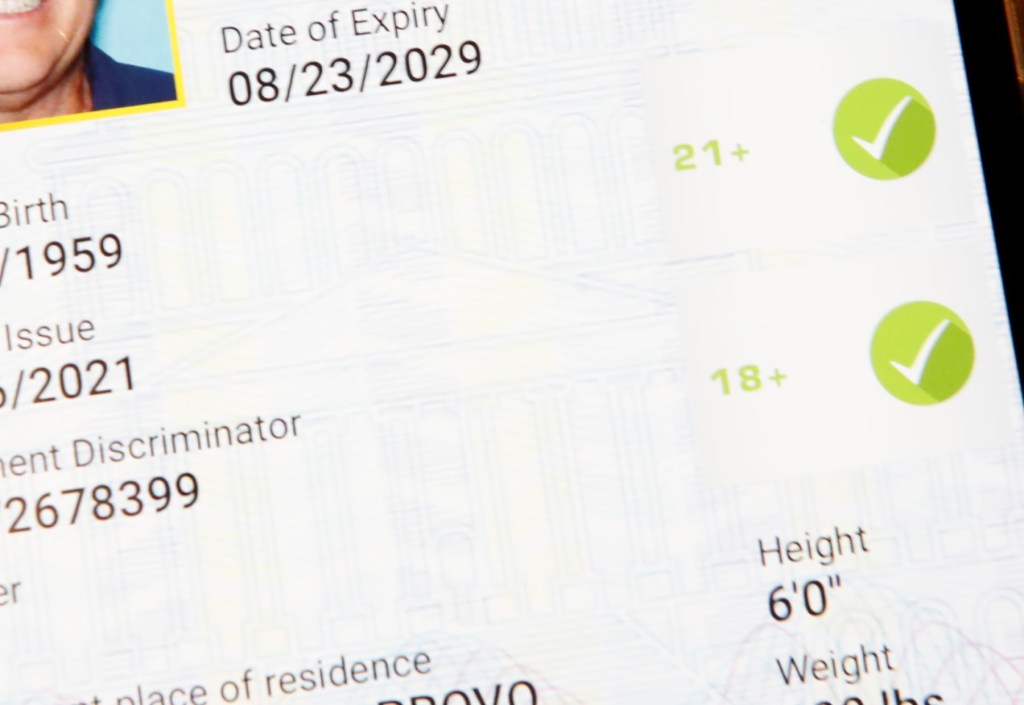
What Countries Accept a U.S. Driver’s License?
One of the most common questions when it comes to traveling is: “Can you use a U.S. driver’s license abroad?” This, along with what car-related and car safety expenses you might incur, makes up most questions when traveling overseas. To put you at ease, here are some things you’ll want to keep in mind when you’re driving in a different country, so your trip can be legal, relaxing, and save you money.
Things to know before driving in another country

If you plan on getting a rental car, you’ll want to scope out nearby car rental facilities to get the best deal. According to The Savvy Backpacker, you’ll want to check your rental car ahead of time for damage, as some rental companies can have cars that are already damaged and blame you for it, costing you extra.
When traveling to Europe, you should also remember that most people drive a manual car (stick shift), so renting automatic vehicles will cost extra. To save money, you may want to learn how to drive a stick shift if you don’t know how to already. Additionally, rental companies may charge extra if you’re a young driver, so you’ll want to account for this in your budget.
If you are traveling for a long time (a few years or more) and haven’t taken your car with you, you might want to consider leasing a vehicle instead. While rental car prices can vary, the price of a lease is determined before the agreement. Over the long term, this can save you quite a bit of money. Or, if you can afford it, you may even want to buy a car, which is usually less expensive than a lease.
If you do decide to bring your car along to a different country, you’ll want to check any required permits as well. Some countries, such as Mexico, will require a Vehicle Import License. Otherwise, you won’t be able to drive your car and partake in related savings.
Countries that accept a U.S. driver’s license
What countries accept a U.S. driver’s license? According to FindLaw, Canada and Mexico are two of the only countries that accept one. Most countries will require an International Driving Permit (IDP) instead, which is used in addition to your U.S. driver’s license, so be sure to bring both of them with you when you travel. According to Drivers, that includes most European countries such as Italy, Spain, and the United Kingdom, but also include countries such as Egypt, Japan, and more.
Other countries that do not permit an IDP will usually require you to get a valid license in that specific country if you want to drive. If you aren’t traveling for long, you may instead want to consider a ride-sharing service or public transit to travel around in your destination of choice.
Are there any fees for driving abroad?
There are many fees you’ll want to be aware of before you travel. If your destination country requires an IDP, you’ll have to pay a small fee to get it. Whether you get it from the American Automobile Association (AAA) or the American Automobile Touring Alliance (AATA) (the two valid organizations issuing IDPs in the U.S.), it will cost $20. Before you leave, you’ll also want to make sure you get auto insurance, as most car insurance companies don’t cover you when traveling. You may also want to consider getting theft protection, especially if you plan on bringing your car abroad, which will also cost extra.
When researching your destination, you’ll want to keep in mind any toll roads, parking fees, and gas expenses. If you’re driving an electric vehicle (EV), you’ll want to check if there are any compatible charging stations around and if there are any related fees for doing so. If not, you may want to consider driving a gas-powered vehicle instead, as some areas worldwide don’t have enough EV infrastructure to justify using one.


